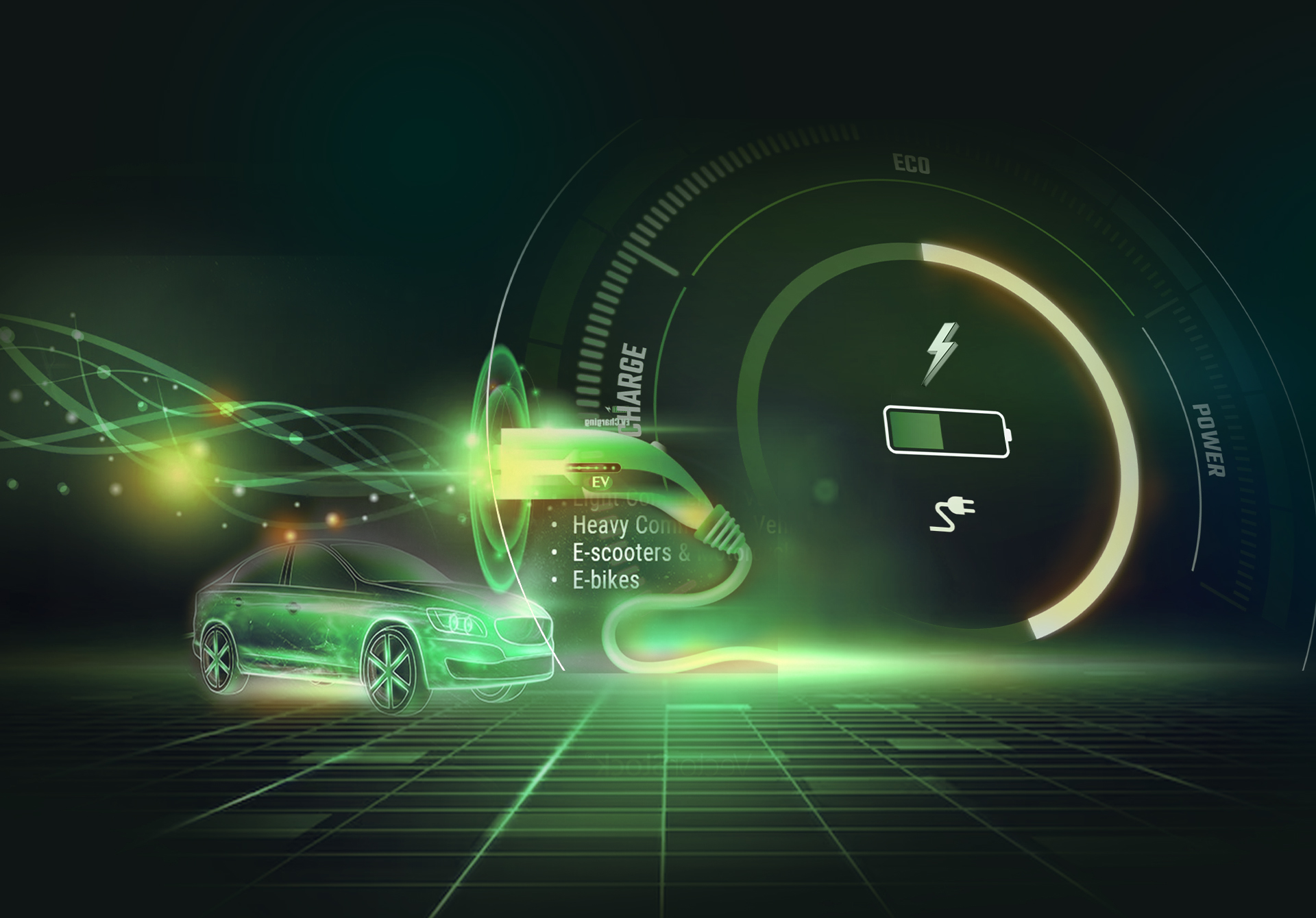The electric vehicle (EV) revolution has gained significant momentum in recent years, driven by the need to combat climate change and reduce our dependence on fossil fuels. As EVs become increasingly popular, one major concern that has plagued potential buyers is “range anxiety” – the fear of running out of battery power before reaching their destination.
However, rapid advancements in battery technology and innovative approaches to charging infrastructure are revolutionizing the EV landscape, eliminating range anxiety and paving the way for a sustainable transportation future.
The Evolution of EV Batteries
The heart of any electric vehicle is its battery, and over the years, substantial progress has been made in developing more efficient and high-performing battery systems. The early adoption of lithium-ion (Li-ion) batteries significantly improved the range and performance of EVs compared to their predecessors. These batteries offered higher energy density, longer lifespans, and faster charging times, making EVs more practical for everyday use.
In recent times, researchers have been exploring various advancements to further enhance battery performance and extend the driving range of electric vehicles.
Solid-State Batteries: Solid-state batteries, an emerging technology, replace the liquid electrolyte in conventional Li-ion batteries with a solid-state electrolyte. This innovation offers higher energy density, faster charging, and improved safety, making it a promising solution to boost EV performance.
Lithium-Sulfur Batteries: Lithium-sulfur batteries have shown great potential due to their high energy density and lower production costs compared to traditional Li-ion batteries. These advancements could lead to lighter and more energy-efficient EVs with extended driving ranges.
Silicon Anodes: Silicon has the ability to store more lithium ions than traditional graphite anodes. Integrating silicon into battery anodes can enhance energy storage capacity, resulting in batteries with higher energy density and longer ranges.
Improving Charging Infrastructure
Apart from battery advancements, enhancing the charging infrastructure is crucial to eliminating range anxiety and promoting EV adoption on a larger scale. Several approaches are being implemented to ensure convenient and efficient charging for EV users:
Fast-Charging Stations: The deployment of fast-charging stations along highways and major roadways enables EV drivers to recharge their vehicles quickly during long journeys. These stations provide a significant boost in range within minutes, making long-distance travel more feasible.
Home Charging Solutions: Equipping EV owners with home charging stations makes daily charging convenient and encourages EV adoption. Home charging allows drivers to wake up each morning with a fully charged vehicle, eliminating range anxiety for daily commutes and errands.
Workplace Charging: Employers are increasingly installing charging stations at workplaces, allowing employees to charge their EVs during working hours. This initiative not only facilitates easy charging but also encourages sustainable commuting habits among the workforce.
Charging Network Integration: Developing a cohesive network of charging stations, accessible through a unified platform or app, simplifies route planning for EV drivers and increases the appeal of electric vehicles as a viable mode of transportation.
Collaborative Efforts and Government Support
The transition to an electric mobility future requires collaborative efforts from various stakeholders, including automakers, battery manufacturers, charging infrastructure providers, and governments. Several measures can accelerate the shift towards electric vehicles and diminish range anxiety:
Research and Development Funding: Governments can invest in research and development to accelerate battery technology advancements, improving energy density, charging speed, and overall battery performance.
Financial Incentives: Governments can offer tax incentives, rebates, or subsidies for EV purchases, making electric vehicles more affordable and encouraging consumers to make the switch.
Charging Infrastructure Investment: Funding the expansion of charging infrastructure, especially in rural areas and along highways, will instill confidence in potential EV buyers, knowing they will have access to charging stations during their journeys.
Public-Private Partnerships: Collaboration between governments and private companies can expedite the development of charging infrastructure and promote the adoption of electric vehicles.
Conclusion
The age of range anxiety is steadily fading away as advancements in battery technology and charging infrastructure revolutionize the electric vehicle landscape. With ongoing research and development, solid-state batteries, lithium-sulfur batteries, and silicon anodes offer promising solutions to enhance EV battery performance and extend driving ranges. Furthermore, the expansion of fast-charging stations, home charging solutions, and workplace charging initiatives makes owning an EV more practical and convenient for consumers.
Collaborative efforts from governments, businesses, and consumers are essential to accelerate the transition to electric mobility and make range anxiety a thing of the past. By embracing sustainable transportation options, we can collectively contribute to a cleaner and greener future for generations to come. As we drive towards a world powered by clean energy, electric vehicles are at the forefront of the journey, and range anxiety is now a concern of the past.





